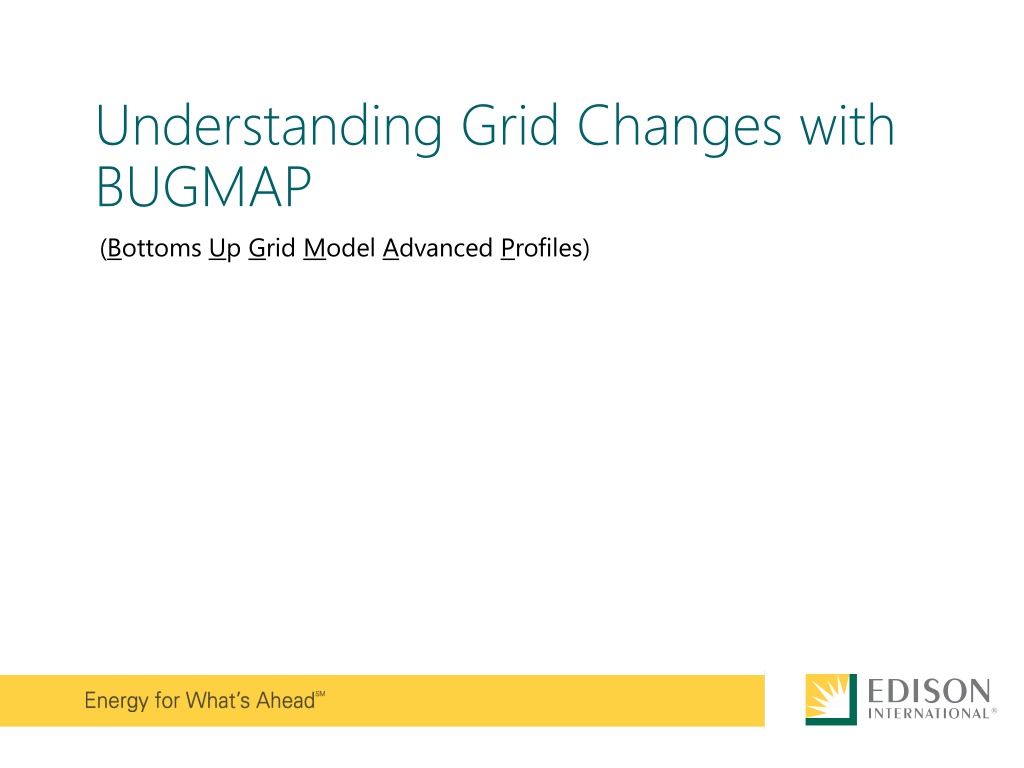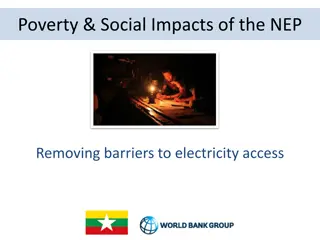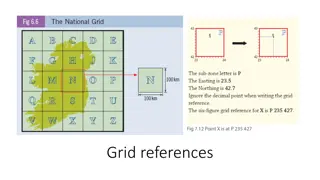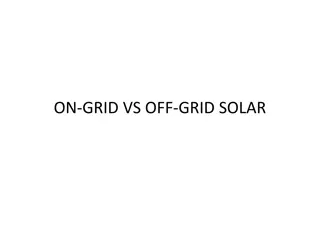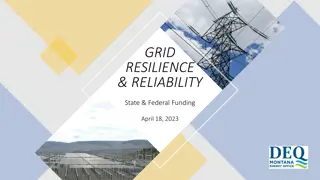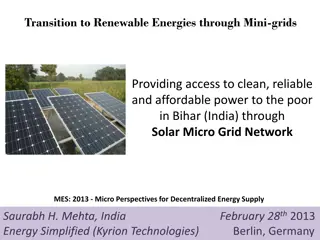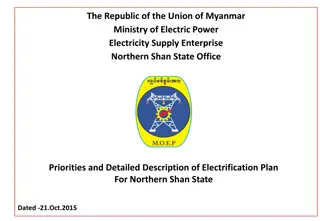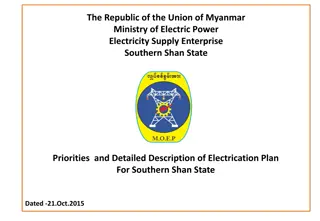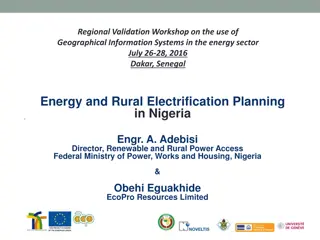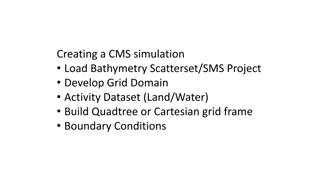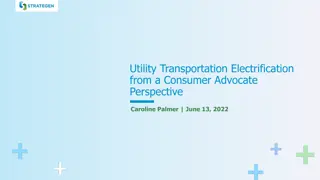Exploring Grid Changes with BUGMAP and Electrification Insights
Discover insights into grid changes through BUGMAP, building electrification impacts, and peak load differences in various climate zones and home vintages. Understand the significance of location, vintage, and square footage in determining residential demand.
Download Presentation

Please find below an Image/Link to download the presentation.
The content on the website is provided AS IS for your information and personal use only. It may not be sold, licensed, or shared on other websites without obtaining consent from the author. Download presentation by click this link. If you encounter any issues during the download, it is possible that the publisher has removed the file from their server.
E N D
Presentation Transcript
Understanding Grid Changes with BUGMAP (Bottoms Up Grid Model Advanced Profiles)
The Burning Questions The Burning Questions Is building electrification a grid asset or liability? When do the loads occur? Are the loads coincident? Hourly end-use load profiles generated by building energy models can help find the answers!
BUGMAP! BUGMAP! Circuit XYZ Cumulative Demand (MW) Planning Load Limit (MW) Scenario Current State Baseline 10% BE Adoption 20% BE Adoption 30% BE Adoption 40% BE Adoption Demand Flexibility Measures X Y ? ? 2
BUGMAP Process BUGMAP Process Identify Building Composition on Circuit Apply Appropriate Model Profiles Calibrate at the Circuit Level Simulate Future State Scenarios Determine Circuit Level Impacts Model Every Building 3
Electrified Space and Water Heating in a Pre-1978 2,000 ft2 House 8.00 6.00 Peak Load Difference (kW) 4.00 Summer Peak Load Difference 2.00 0.00 Winter Peak Load Difference -2.00 -4.00 -6.00 CZ06 CZ08 CZ09 CZ10 CEC Climate Zone CZ13 CZ14 CZ15 CZ16 Which Climate Zones Should We Electrify? 4
Electrified Space and Water Heating in a 2,000 ft2 House in CEC Climate Zone 10 5.00 4.00 3.00 Peak Load Difference (kW) 2.00 Summer Peak Load Difference 1.00 0.00 Winter Peak Load Difference -1.00 -2.00 -3.00 -4.00 Pre-1978 1978 1984 1992 1999 2001 2004 2008 2013 2016 2019 Home Vintage Which Home Vintages Should We Electrify? 5
Location, Vintage, and Square Footage Matter! Location, Vintage, and Square Footage Matter! Circuit XYZ Housing Stock Basic Assumptions (homes are mostly pre-1978 and average about 2,000 ft2) Predicted residential cumulative demand = 12.1 MW Refined Assumptions (precise home sizes and vintages estimates for XYZ Circuit) Predicted residential cumulative demand = 8.7 MW XYZ Facility Loading Limit is only 11.96 MW Home Size (ft2) Vintage Pre-1978 1978-1983 1984-1991 1992-1998 1999-2000 2001-2003 2004-2005 2006-2013 2014-2020 less than 500 1 0 0 0 0 0 0 0 0 500-749 8 0 0 0 0 0 0 0 0 750-999 53 1 1 1 0 0 0 0 0 1000-1499 344 16 66 1 0 4 7 45 14 1500-1999 304 27 120 16 0 14 14 87 75 2000-2499 80 15 61 21 3 3 17 41 91 2499-2999 3000-3999 15 5 12 15 9 11 18 40 61 4000+ 2 1 0 0 3 3 4 9 5 9 4 3 1 12 17 21 30 28
BE Retrofits Improve Circuit Utilization BE Retrofits Improve Circuit Utilization Load Duration Curve 2,000 ft^2 Single Family House 12 Time Above 6 kW: Baseline: 5% BE Retrofit: 2% 10 BE Profile Features: Short duration intense peak load driven by HPWH backup resistance heating elements. Improved overall utilization driven by HP space heating in winter. 8 kW 6 4 2 0 0% 10% 20% 30% 40% 50% 60% 70% 80% 90% 100% Baseline (Pre-1978) BE Space and Water Heating Retrofit
